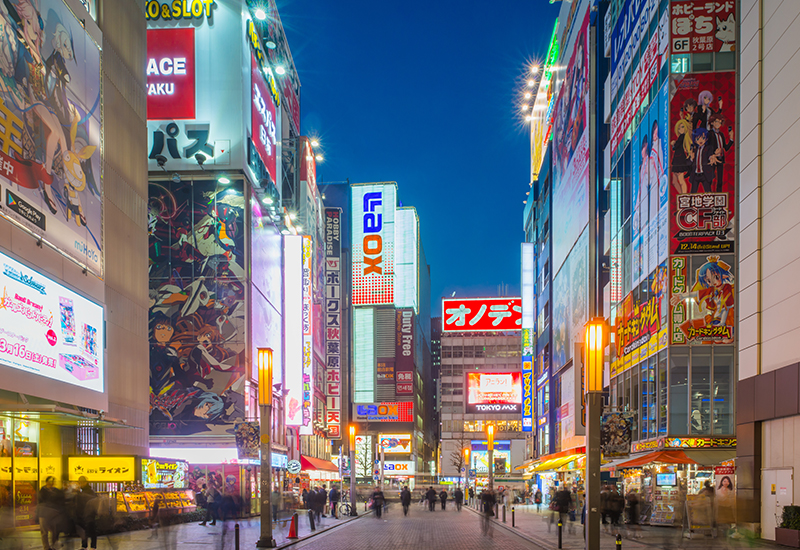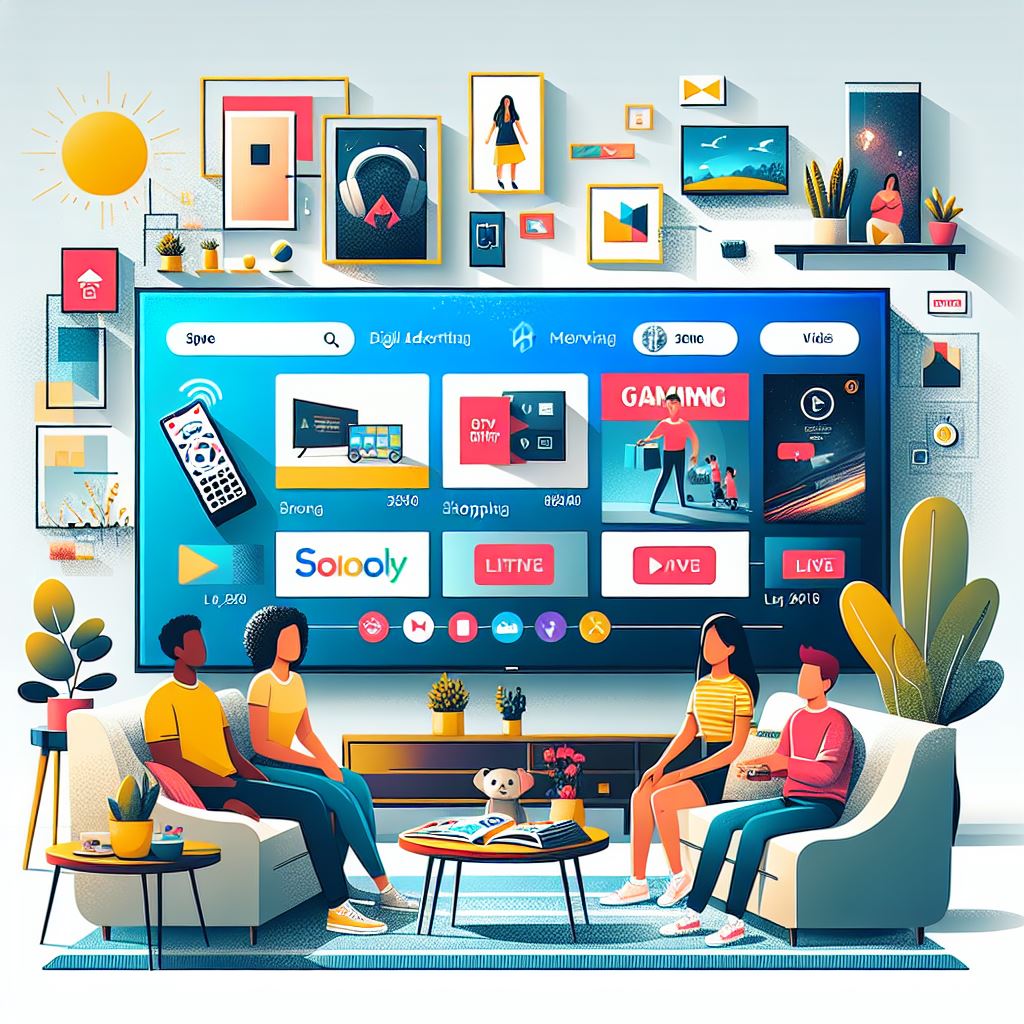Online advertising is a huge influencing factor, yet big brands when they want to announce new product launches or introduce new campaigns, still make use of digital out-of-home billboards.
Here are a few examples to illustrate the continuing relevance of digital out-of-home (DOOH) billboards in the era of online ads. Alex O’Hanian, the co-founder of Reddit, announced in mid-2018 that Reddit had made a significant investment in AdQuick, a digital billboard company. Similarly, Netflix purchased substantial assets from a popular billboard company in LA in 2018.
What is DOOH?
Digital Out-of-Home advertising refers to any visual advertising media found outside the audience’s home. This includes digital billboards on streets, digital signs displayed on bus shelter, airport transit areas, train stations and more.
Some of the biggest brands including Apple, Amazon, Coca-Cola, HBO, McDonalds and several others, regularly spend on DOOH campaigns. A recent example is Apple’s “Shot on an iPhone” campaign. The campaign invited iPhone users to send in creative photos clicked on their mobiles. The best ones were displayed on static and digital billboards across the country.
Here, we illustrate the increasing relevance of DOOH in 2019:
DOOH presents a giant canvas for the digital generation
Outdoor DOOH screens are now seen as an extension of the social media marketing. Social media feeds are increasingly cluttered, and brands lose their prominence amidst all the noise. This is why, by displaying curated Instagram posts on giant digital screens located outside prominent gathering spaces like concerts, sports events, it morphs into an appealing and attractive canvas for the modern day generation Z.
Additionally, brands can improve user engagement by displaying selected posts from users. This is highly effective, as users feel that this is a great way to engage with the brand’s culture.
DOOH offers a connected screen on for all surface
With 5G expected to be rolled out in 2019, advertisers believe that it will now be possible to convert any flat surface into a connected screen. For example, Vengo digital signage-focused vending machine machines operator is using the screens on vending machines to display ads that are unrelated to what the vending machine offers. Advertisers are using DOOH to engage with customers in unique locations like gyms, office buildings and more.
DOOH is becoming more audience-centric
Just like the traditional TV commercials, DOOH is not becoming more audience specific. Take the example of the campaign for JetBlue, run by OUTFRONT. The campaign included real-time flight schedule data and real-time traffic, which was displayed on digital billboards at Time Square, NYC. These ads were customised based on third-party data.
Additionally, advertisers are also customising DOOH ad-run times based on DOOH locations. For instance, ads displayed on DOOH screens on NYC subway platforms run for an average of four to eight minutes. This is the average time between two subway trains and audiences are likely to spend this waiting time watching DOOH screens on the platform.
DOOH screens have also evolved to include geo-fencing. This enables mobile devices within the target location to be coordinated along with the bigger displays. This is a way for advertisers to pinpoint audiences when they complete a purchase.
The rise of viewing sheds and interactive DOOH ad campaigns
Place Exchange, a DOOH exchange firm recently launched “viewing sheds,” around DOOH screens, using third-party data. This way, advertisers can identify accurately whether mobile devices in the nearby location visit a particular website after seeing the ads promoted on the giant screens.
SurveyMonkey recently ran a DOOH campaign which was displayed in Times Square. The giant screens displayed images of four influential celebrities, Serena Willams, Arianna Huffington, Jeff Weiner, and Draymond Green. The ads invited opinions from audiences. Viewers nearby could take part in an online survey, by scanning the QR codes displayed near the massive screens.
DOOH has evolved into more than digital billboards
The Era of DOOH advertising is just beginning. With newer technologies like AR and more, DOOH advertising is all set to become the talk of the town. According to the IAB (Interactive Advertising Bureau), DOOH advertising in the US reached a record high of $7.4 billion in 2018.
With endless screens, innovative displays and creative ad campaigns DOOH will become a huge influencing factor in this era of digital advertising.





